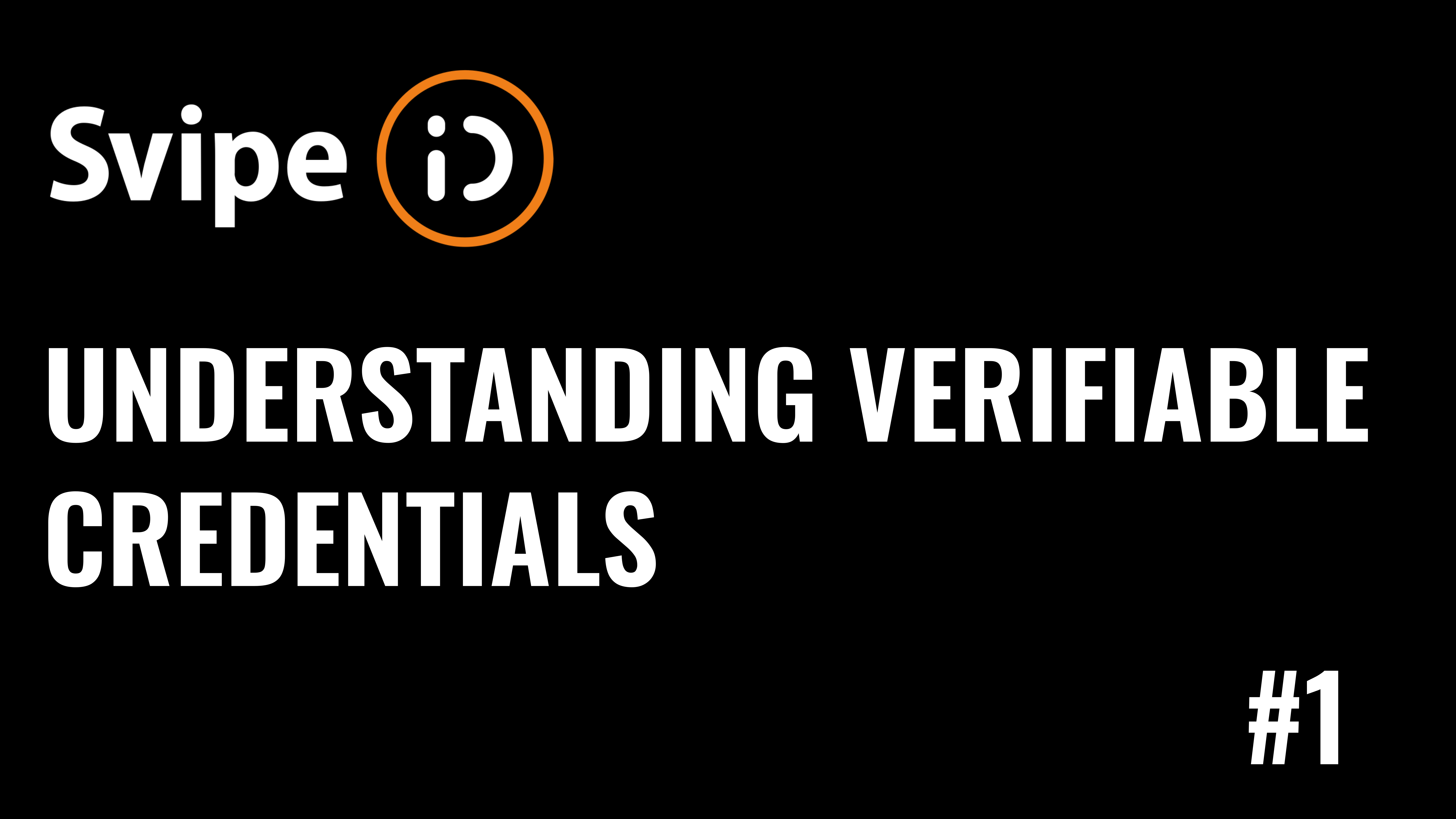
Understanding Verifiable Credentials
2023-03-23
Introduction
Verifiable credentials are a digital representation of a person’s identity and credentials, such as their name, date of birth, educational qualifications, work experience, and more. Unlike traditional identity documents like passports or driver’s licenses, verifiable credentials are stored digitally and can be easily accessed and verified online. They are designed to be tamper-proof and secure, making it difficult for fraudsters to falsify or alter them.
How it works?
There are three fundamental roles when it comes to utilizing verifiable credentials:
-
Issuer: Person or organization that issues Verifiable Credentials such as a government department issuing a national ID or a college issuing a diploma to a person, organization.
-
Holder: Person or organization that owns (holds) the Verifiable Credential in their digital wallet
-
Verifier: The person or organization validating or authenticating the credential like a a security agent at the airport checking your license

What are the benefits?
-
Security - Verifiable credentials can’t be altered or forged, this greatly reduces the risk of identity theft and fraud.
-
Increased Efficiency - Verifiable credentials are easy to access and verify, eliminating the need for individuals to carry around physical documents or remember complex passwords. This makes the process of identity verification faster and more efficient.
-
Privacy-Preserving - Verifiable credentials allow individuals to share only the information necessary for a particular transaction, without revealing their entire identity. This helps to protect individuals’ privacy and reduces the risk of personal information being exposed.
-
Interoperability - Verifiable credentials can be used across different applications, making them a flexible and adaptable solution for identity verification.
Conclusion
The adoption of verifiable credentials offers several benefits for organizations and individuals looking to improve the security, efficiency, and privacy of identity verification.
As technology continues to evolve and become more widely adopted, we can expect to see a growing number of use cases for verifiable credentials, and organizations will need to navigate these challenges in order to fully realize the benefits of this technology.
